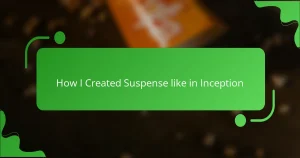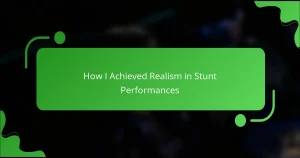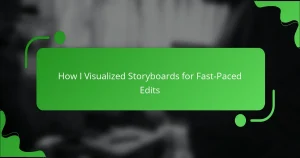Key takeaways
- Action short films typically run 5 to 40 minutes, relying on fast pacing and high-energy sequences to engage viewers.
- Pacing balance is crucial; alternating between fast action and slower moments builds suspense and emotional connection.
- Common pacing mistakes include repetitive sequences that overwhelm audiences and a lack of setup for key action moments.
- Effective techniques for pacing involve using silence, editing wisely, and integrating character moments to enhance impact.
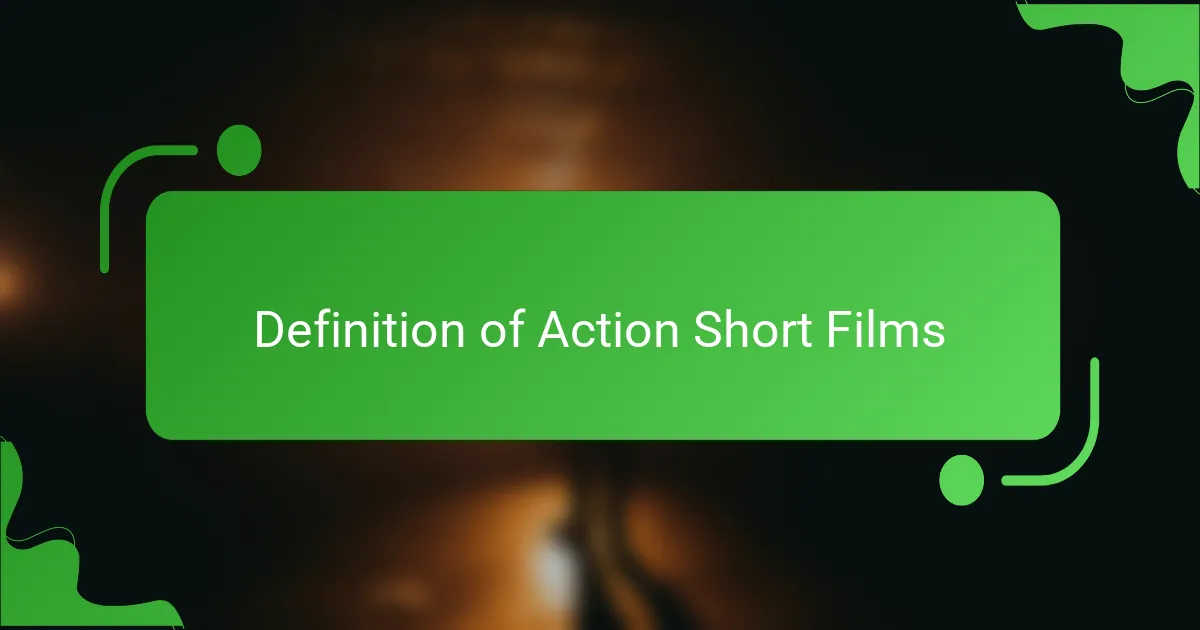
Definition of Action Short Films
Action short films are dynamic visual narratives that pack intensity and excitement into a brief runtime. They typically last anywhere from a few minutes to a maximum of 40, showcasing thrilling sequences that keep viewers on the edge of their seats. Personally, I’ve always been drawn to the artistry of concise storytelling in these films—how each second is crafted to deliver maximum impact.
In my experience, the most compelling action short films can transport you into a world of adrenaline and emotion, leaving you breathless. They often rely on fast pacing, quick cuts, and engaging performances to create an immersive experience. My heart races just thinking about those moments where every frame counts.
- Quick pacing that drives the story forward
- Limited runtime—typically 5 to 40 minutes
- Focus on high-energy sequences and coherent plots
- Innovative techniques to convey action efficiently
- Strong visual storytelling to hook the audience instantly
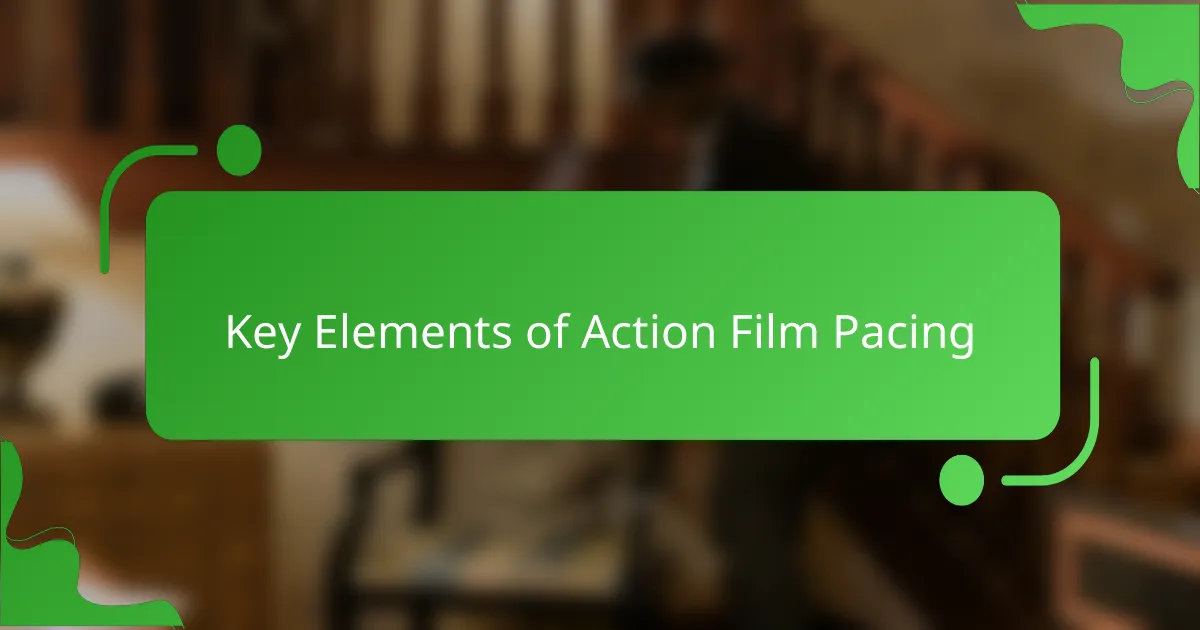
Key Elements of Action Film Pacing
When I think about action film pacing, the balance between intensity and breathability strikes me as crucial. Fast-paced sequences can energize the audience, making them feel the adrenaline rush, but if every moment is a spectacle, viewers can become desensitized. I’ve experienced this firsthand while watching a short film; the slow moments created suspense, making me lean forward in anticipation, which heightened the impact of the ensuing action.
Moreover, tight editing is essential in action films. Quick cuts can enhance excitement, but if overdone, they might lead to confusion rather than clarity. I’ve always appreciated films that blend tight shots with wider ones, allowing me to see the choreography of the fight scenes clearly while still keeping the momentum alive. It’s like a dance; too many twirls, and you lose track of the rhythm.
Here’s a comparison of different pacing elements:
| Element | Impact on Pacing |
|---|---|
| Fast-paced sequences | Boosts adrenaline, increases excitement |
| Slow moments | Builds suspense, allows for emotional connection |
| Editing style | Can clarify or confuse action, affects audience engagement |
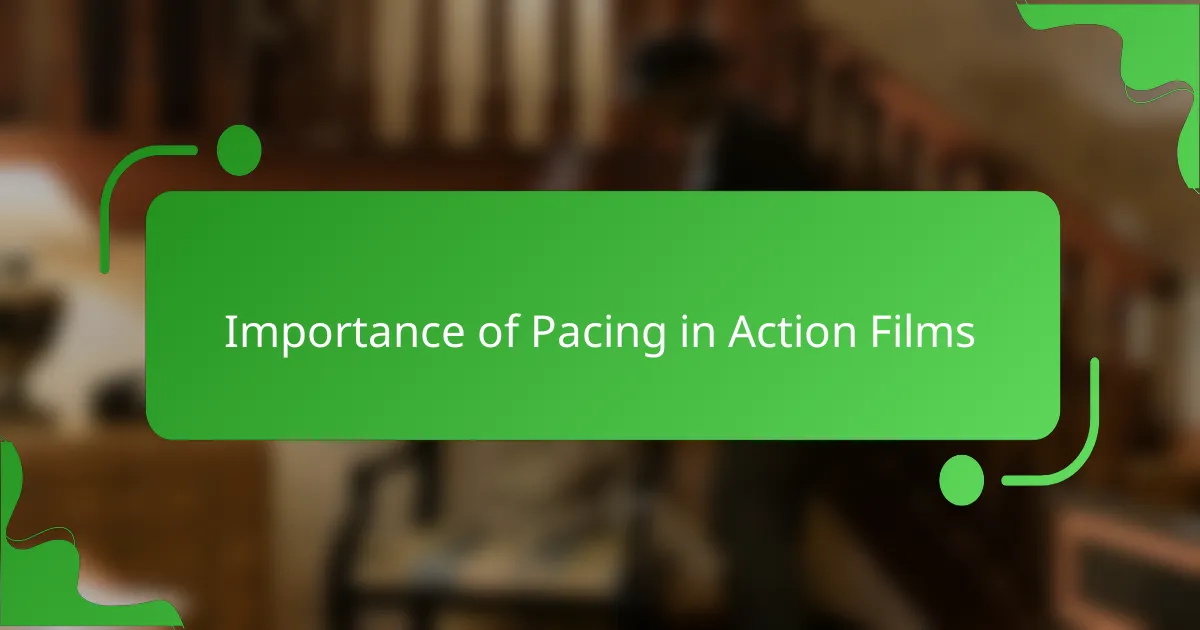
Importance of Pacing in Action Films
Pacing is the heartbeat of action films; it dictates how we feel and react throughout the experience. I’ve found that a well-crafted rhythm can elevate the tension and excitement, making each scene resonate with the audience. For instance, in my favorite action shorts, moments of rapid-fire sequences are often juxtaposed with brief pauses that allow the viewer to catch their breath, creating a dynamic that keeps me on the edge of my seat.
When considering the pacing of an action film, it’s crucial to remember the following aspects:
- Tension Building: Gradually escalating stakes keeps the audience engaged.
- Varied Rhythms: Alternating between fast-paced and slower scenes can enhance emotional impact.
- Timing of Action: Well-timed action sequences prevent fatigue and maintain excitement.
- Character Moments: Brief pauses for character interaction can deepen viewer investment.
- Climactic Release: A well-timed climax provides a satisfying payoff after sustained tension.
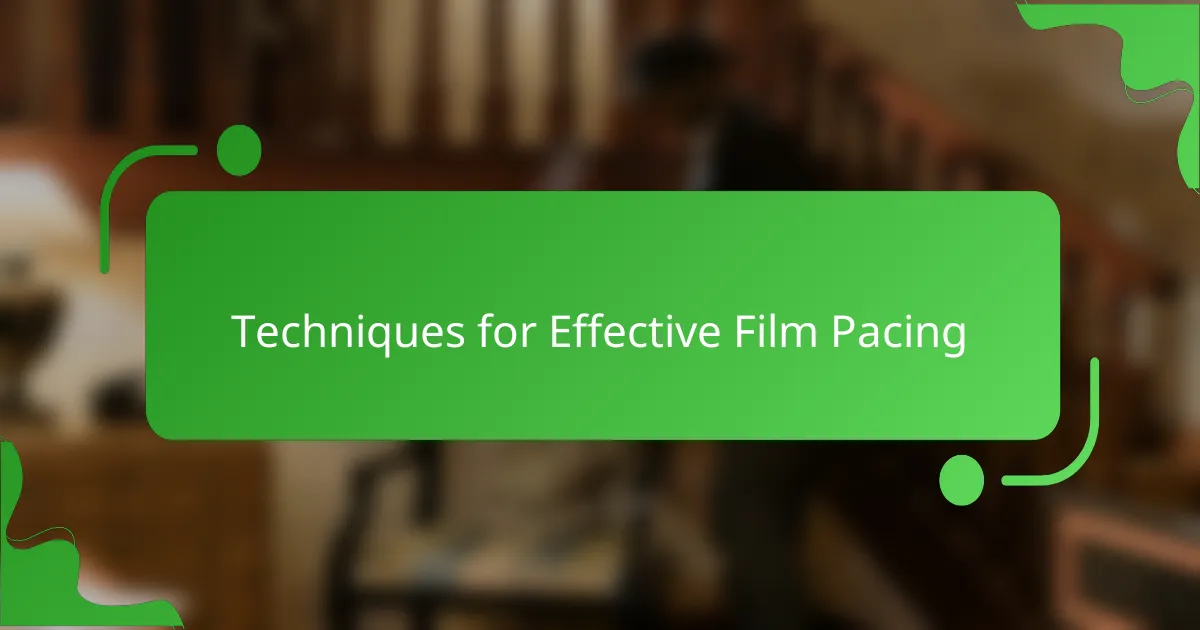
Techniques for Effective Film Pacing
When it comes to action films, pacing is everything. I remember watching a short film that expertly balanced high-octane sequences with quieter moments of tension. This rhythmic ebb and flow kept me on the edge of my seat, showcasing how crucial timing is in building suspense and excitement. By varying the pacing, filmmakers can create intense crescendos that leave audiences breathless.
To achieve effective film pacing in your action short films, consider these techniques:
– Build Momentum: Start with a hook that captures attention, then escalate the action steadily.
– Use of Silence: Sometimes, pausing can be more powerful than relentless action, allowing the audience to absorb the stakes.
– Edit Wisely: Quick cuts during fight scenes can enhance the chaos, but don’t forget to allow for wider shots to showcase choreography.
– Character Moments: Interject brief character development or emotional beats to create contrasts that enhance the impact of the action.
– Rhythmic Sound Design: Leverage sound effects and music to guide the audience’s emotions and signal shifts in pacing.
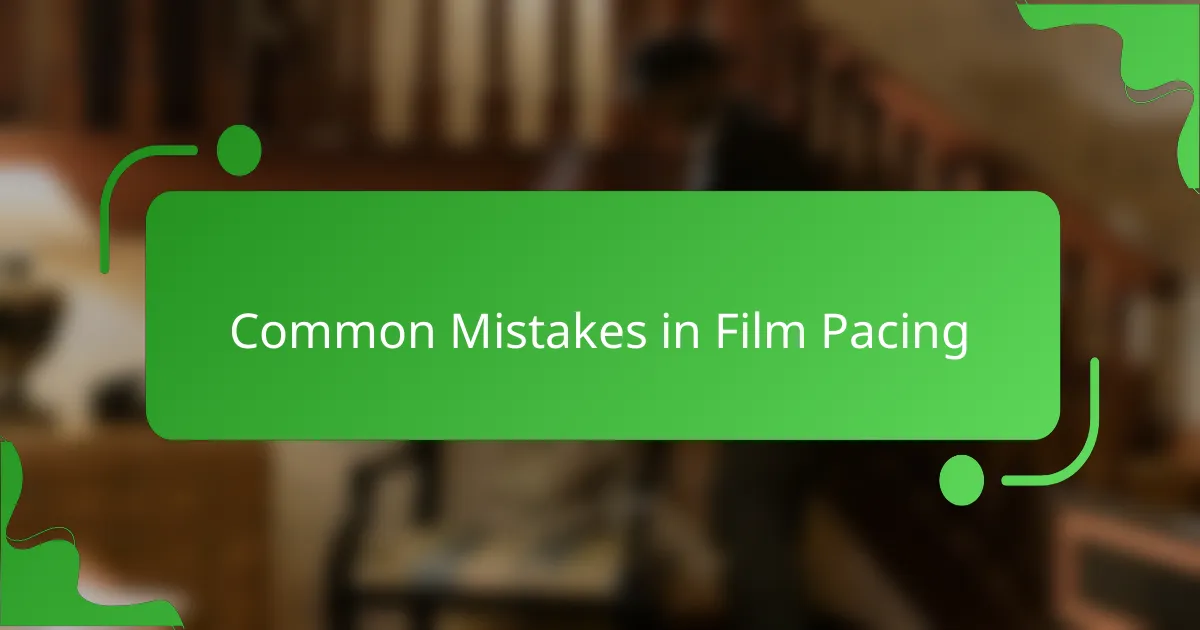
Common Mistakes in Film Pacing
Sometimes, I think filmmakers overlook how repetitive pacing can dull excitement. When every scene pushes the pedal to the metal, it’s easy for the audience to feel overwhelmed. I’ve been there—watching a film where the non-stop action blurred together, leaving me mentally fatigued rather than thrilled. A balance of high-energy sequences with pausing moments is essential to recharge emotional engagement.
Another common pitfall I notice is the lack of setup for key action moments. I remember a short film that dove straight into a battle without properly establishing the stakes. Sure, there was plenty of action, but I felt emotionally disconnected because there was no buildup. Effective pacing needs foundational moments that prepare the audience, letting them invest in the story before the adrenaline hits.
Editing can make or break pacing, and a common mistake is cutting too quickly without regard for clarity. I once watched a fight scene in a short film that felt chaotic due to rapid cuts—my eyes struggled to catch the movements. It taught me that the audience needs just enough visual information to appreciate the choreography. A thoughtful mix of close-ups and wider shots can greatly enhance the viewing experience without sacrificing the thrill.

My Personal Insights on Pacing
I believe pacing is the heartbeat of an action film. Without the right rhythm, even the most thrilling scenes can fall flat. I’ve experienced this firsthand while editing a series of short films; I learned that a well-timed explosion or a climactic chase sequence can leave audiences on the edge of their seats, while dragging out tension can risk losing their interest.
In my own work, I’ve found that balancing fast-paced action with brief moments of tension is essential. During one shoot, we had a frantic car chase followed by a quiet moment of reflection. This contrast not only heightened the action but also created an emotional connection to the characters involved. It’s these deliberate breaks in pace that often resonate deeply with viewers, allowing them to catch their breath and become more invested in the story.
Here’s a comparison of different pacing styles I’ve encountered:
| Pacing Style | Description |
|---|---|
| Fast-Paced | High-energy sequences that create excitement and adrenaline but can overwhelm if used excessively. |
| Slow Build-Up | Takes time to develop characters and tension, providing a payoff that enhances the action when it arrives. |
